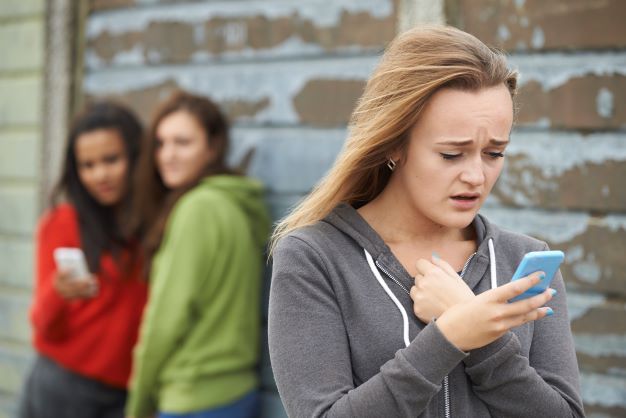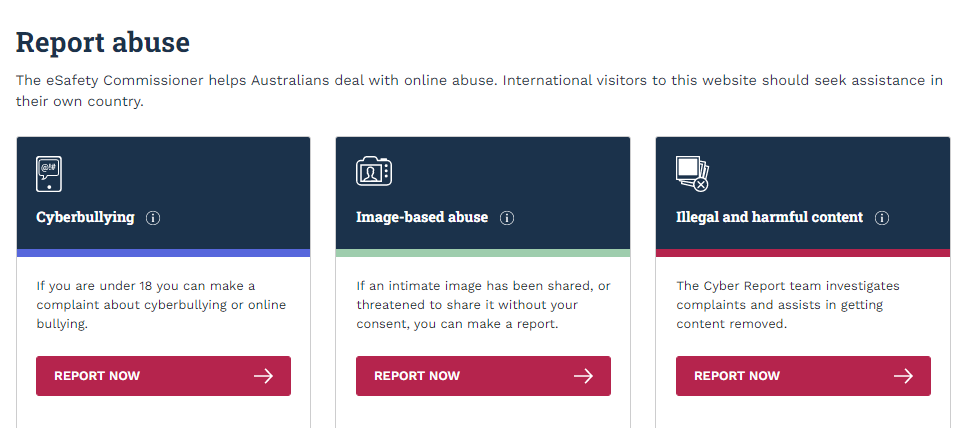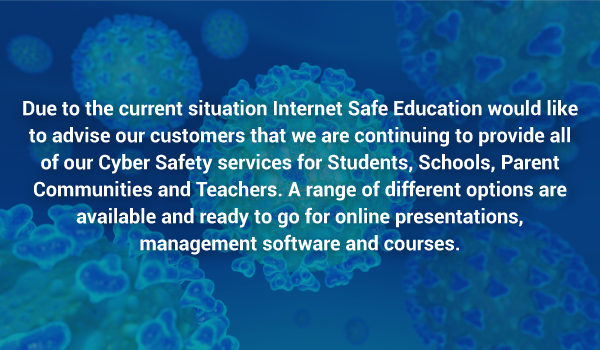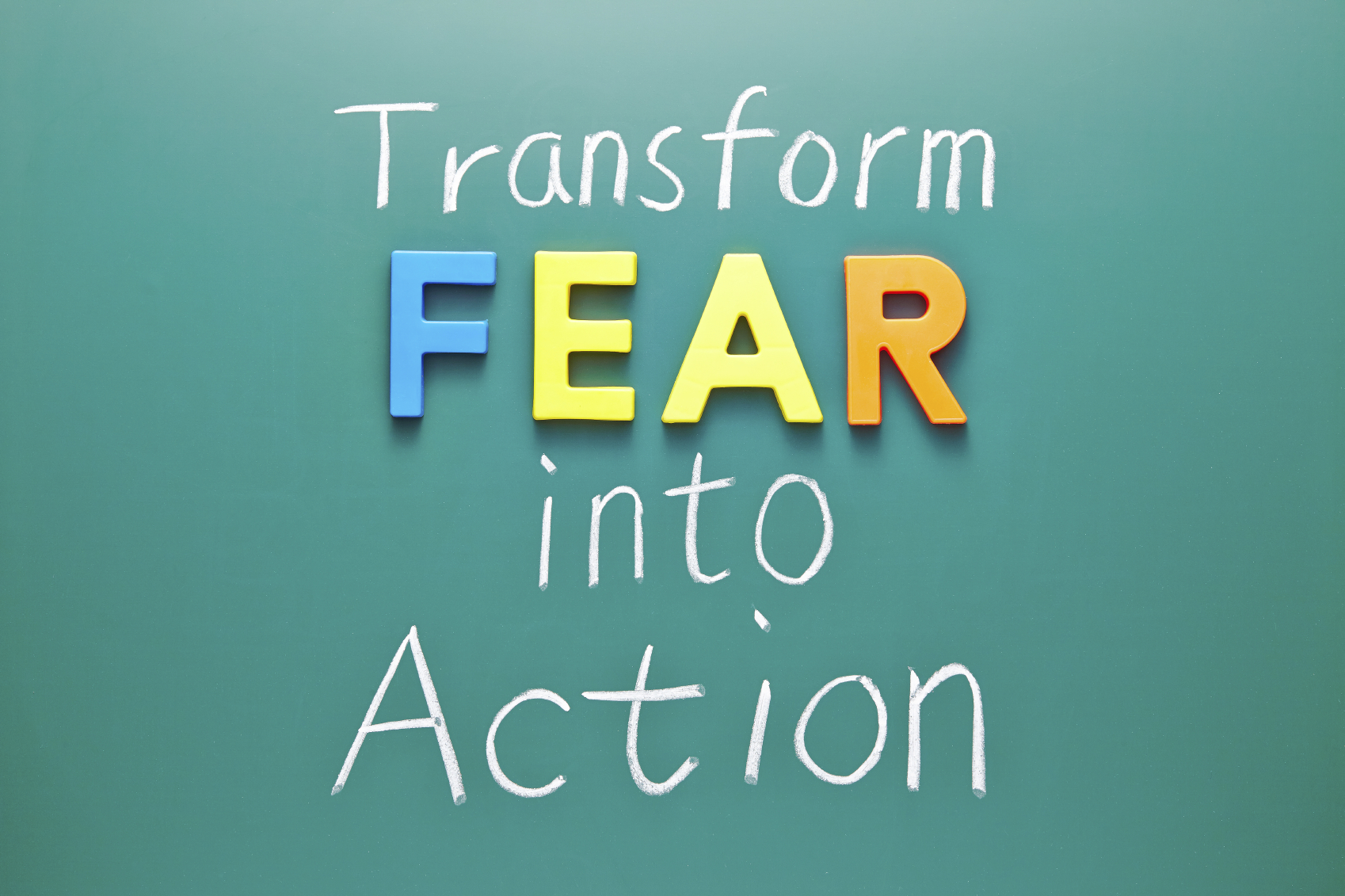Technology is an everyday reality for our children. It’s a space to connect, share and learn. It creates opportunities we would never have imagined pre-internet, they can navigate their education interactively and remotely, design and create anything on screen, learn to play an instrument, chat to multiple friends at a time or play games with anyone around the world. Technology and the internet can be inspiring, educational and a lot of fun. Unfortunately, it is difficult not to be focused on the darker side of the internet. Bullying is the number one concern for parents both in the physical world and online and the consequences can be serious and long-lasting for our children. 
In reality, there is not one thing you could say that would convince your children to stop using technology and many schools have Digital Learning Programs in place. Eliminating the use of technology isn’t the solution to preventing cyberbullying, the key is education. Helping your child to recognise the benefits as well as the pitfalls of technology by educating them about the potential risks will safeguard them against incidences of bullying.
Two worlds – Physical & Digital
It is easy to think that it’s normal for people to behave poorly online and that we must accept it if we want to use the internet. Wrong! Complacency breeds the normalisation of the behaviour. Do people behave like this in the physical world? Is it normal to abuse strangers face to face, fat shame them, coerce them to do things that are illegal or that makes them uncomfortable or to be blatantly racist? Why is it okay to behave like this in the digital world? Just because they aren’t face to face doesn’t mean their behaviour is any less damaging. Your behaviour and the behaviour of others online has real consequences in the real world. When I speak with school students, and I talk about my experiences in arresting and charging cybercriminals I always tell them they don’t go to digital prison they go to real-life prison.
What is cyberbullying
Cyber Bullying is using technology to bully an individual or group by harassing, embarrassing, excluding or insulting them.
Common examples of cyberbullying are:
- Harassing individuals by texting, messaging or emailing with the intent to be cruel or offensive
- Maliciously distributing personal information or photos online without consent from the individual
- Excluding individuals from conversations or chat groups to hurt and isolate them
- Assuming fake profiles to anonymously bully individuals
- Deliberately making insulting and defamatory comments in online forums and on social media (trolling) to cause arguments or harm
How do I know if my child is being bullied online?
The biggest indicator of your child having problems online is a change in technology habits; they may reduce their screen time or totally stop using it altogether or become more secretive or obsessed with being on their tablet, computer or phone. If they are being bullied, they may be hesitant to share as they feel that it is only happening to them, that they will get into trouble, there may be repercussions from the bullies for reporting to an adult or they may lose their technology. If you can have discussions around these concerns and agree on what to do in advance it will help you both navigate a potentially serious situation and give them the confidence to stand up for themselves.
What can you both do?
It can be daunting to know where to start if your child has experienced cyberbullying however there are real and easily actionable steps you can take to stop the bullying. Your child can, and I would encourage them, to take some of the steps themselves. Teach them how to block a contact or delete a contact, now this may not stop persistent bullies as they can create fake profiles and generally have several, however, it is a start. If they are gaming, they can consider changing the game they play and hopefully find one with more digitally responsible fellow gamers. Finally, they can take a break from social media, gaming or all technology for a period of time.
If cyberbullying is occurring between students, it would be pertinent to report to the school. All school-aged children, even primary schools, sign a digital responsibility form and can be held to account if they are in breach of the schools’ online code of conduct.
Each social media, online gaming or online forum, has a duty of care to ensure that all members behave within their code of conduct. In the first instance of cyberbullying report immediately to the platform. Most of the mainstream platforms are required to respond within 48 hours of the complaint and have the power to remove content or cancel accounts.
In Australia, Cyber Bullying is a criminal offence. The law is very clear in that a person who uses technology to menace, harass or cause offence is committing a crime.
The Esafety Commissioner is a Federal Government department that ensures all Australian’s are safe online. You can formally report cyberbullying, image-based abuse and illegal and harmful content at www.esafety.gov.au/report. The process is simple and the eSafety Commissioner is responsive and can assist in resolving issues quickly:

Cyberbullying is a very real and serious problem however like your child is wearing a seatbelt in the car to mitigate the risk of serious injury, by educating your children in the potential risk of cyber bullying you are arming them with information to handle the situation should it arise.


